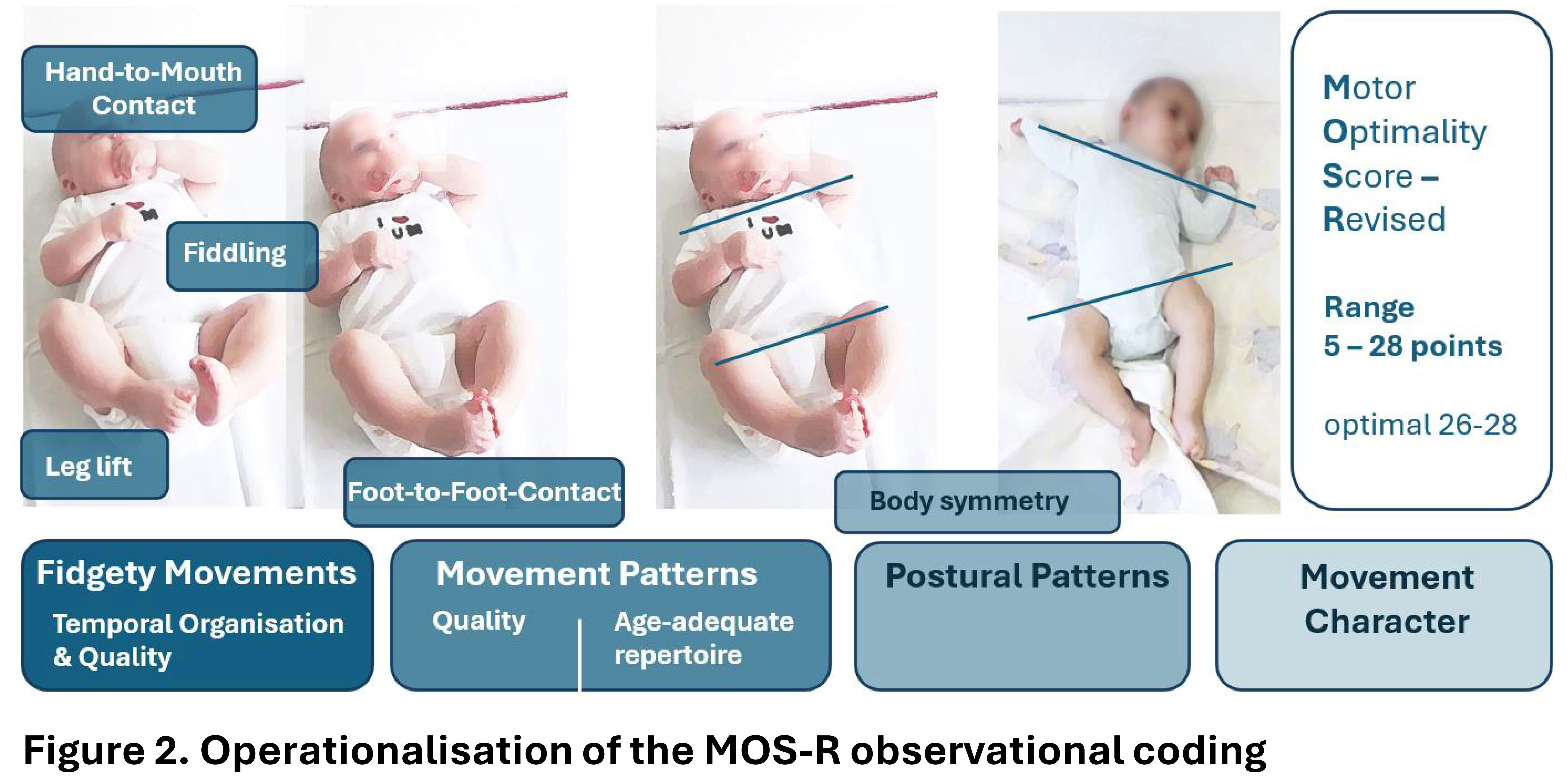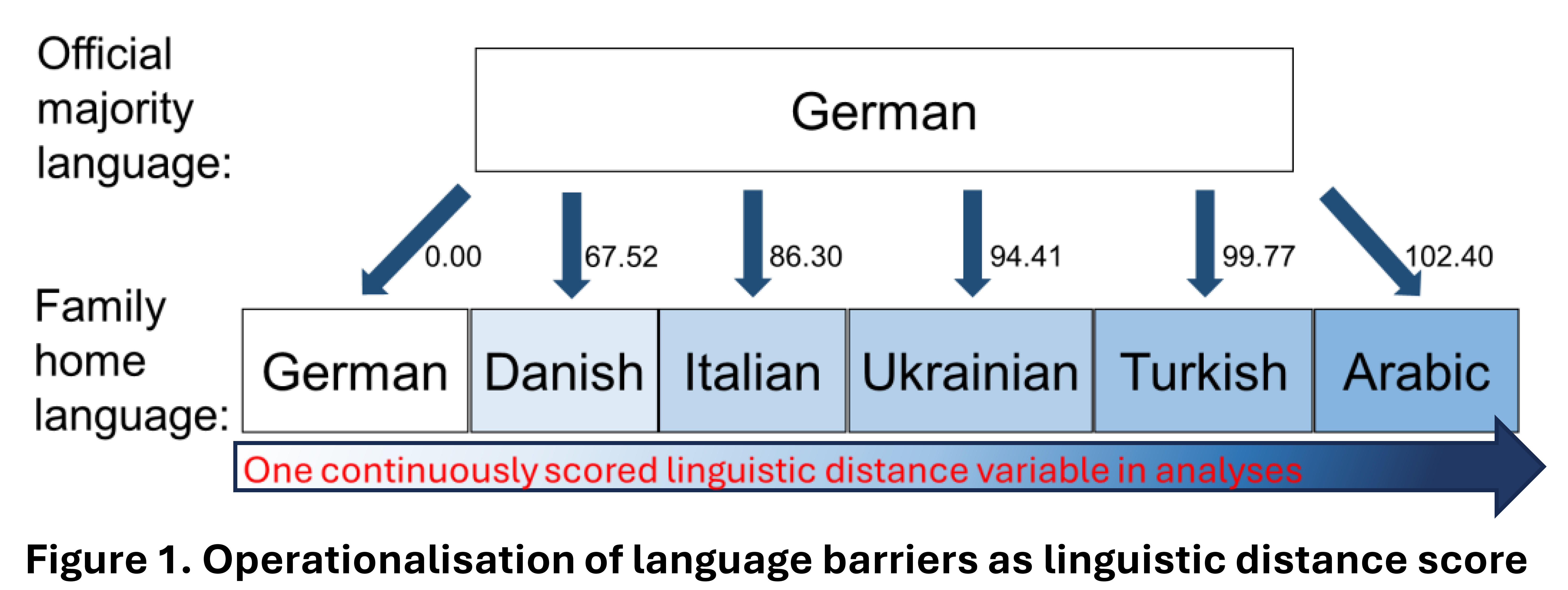Health Equity/Social Determinants of Health 10
Session: Health Equity/Social Determinants of Health 10
208 - Associations of immigrant mothers’ language barriers with their preterm born infants’ general movements
Monday, April 28, 2025
7:00am - 9:15am HST
Publication Number: 208.3710
Julia Jaekel, University of Oulu, Oulu, Pohjois-Pohjanmaa, Finland; Nils Jaekel, University of Oulu, Oulu, Pohjois-Pohjanmaa, Finland; Ursula Felderhoff-Müser, Universitätsklinikum Essen, 45147, Nordrhein-Westfalen, Germany; Britta M.. Hüning, University of Duisburg-Essen, Essen, Nordrhein-Westfalen, Germany

Julia Jaekel, PhD, habil. (she/her/hers)
Professor
University of Oulu
Oulu, Pohjois-Pohjanmaa, Finland
Presenting Author(s)
Background: Immigration has reached a global all-time high. In 2024, >40% of infants in Germany were born to immigrant parents. Immigrants face language barriers and health inequalities, including high risk for preterm birth ( < 37 weeks gestation). Research has neglected the development of infants born preterm to immigrant mothers.
Objective: We assessed whether immigrant mothers’ language barriers are associated with their preterm infants’ general movement assessments (GMA). Abnormal GMAs predict cerebral palsy and indicate high risk for developmental delay.
Design/Methods: Data were collected as part of a single center cohort study. 385 infants born at 22-36 weeks gestation (44.9% female) were video-recorded at 9-15 weeks post-term age. The presence of fidgety movements was coded according to Prechtl`s GMA Method. In a subsample of 112 infants, revised Motor Optimality Scores (MOS-R) were also coded (Figure 1). 160 (41.6%) mothers had immigrant background and spoke a first language (L1) other than German. Language barriers were operationalized as a novel, continuously distributed linguistic distance score between mothers’ L1s and the host country’s official majority language, German (range 0-102.55, Figure 2).
Results: Infants whose mothers’ L1s had a larger linguistic distance to German less often showed age-appropriate GMAs with fidgety movements (Odds Ratio=0.98, 95% CI=[0.97, 0.99], p=.035). Infants whose mothers had a larger linguistic distance received lower MOS-R ratings (β= -.21, B= -.02 [-.03, -.00], p=.043), after adjusting for infant gestational age, sex, and maternal level of education.
Conclusion(s): Linguistic distance between immigrant mothers’ L1s and their host country’s official majority language is associated with their preterm infants’ general movement development. Future research needs to disentangle how language barriers, intersectional vulnerabilities, and potential assessment biases impact infant development and follow-up services.
Figure 1. Operationalization of the revised Motor Optimality Score (MOS-R) observational coding of general movements

Figure 2. Operationalization of language barriers as a continuous linguistic distance score


